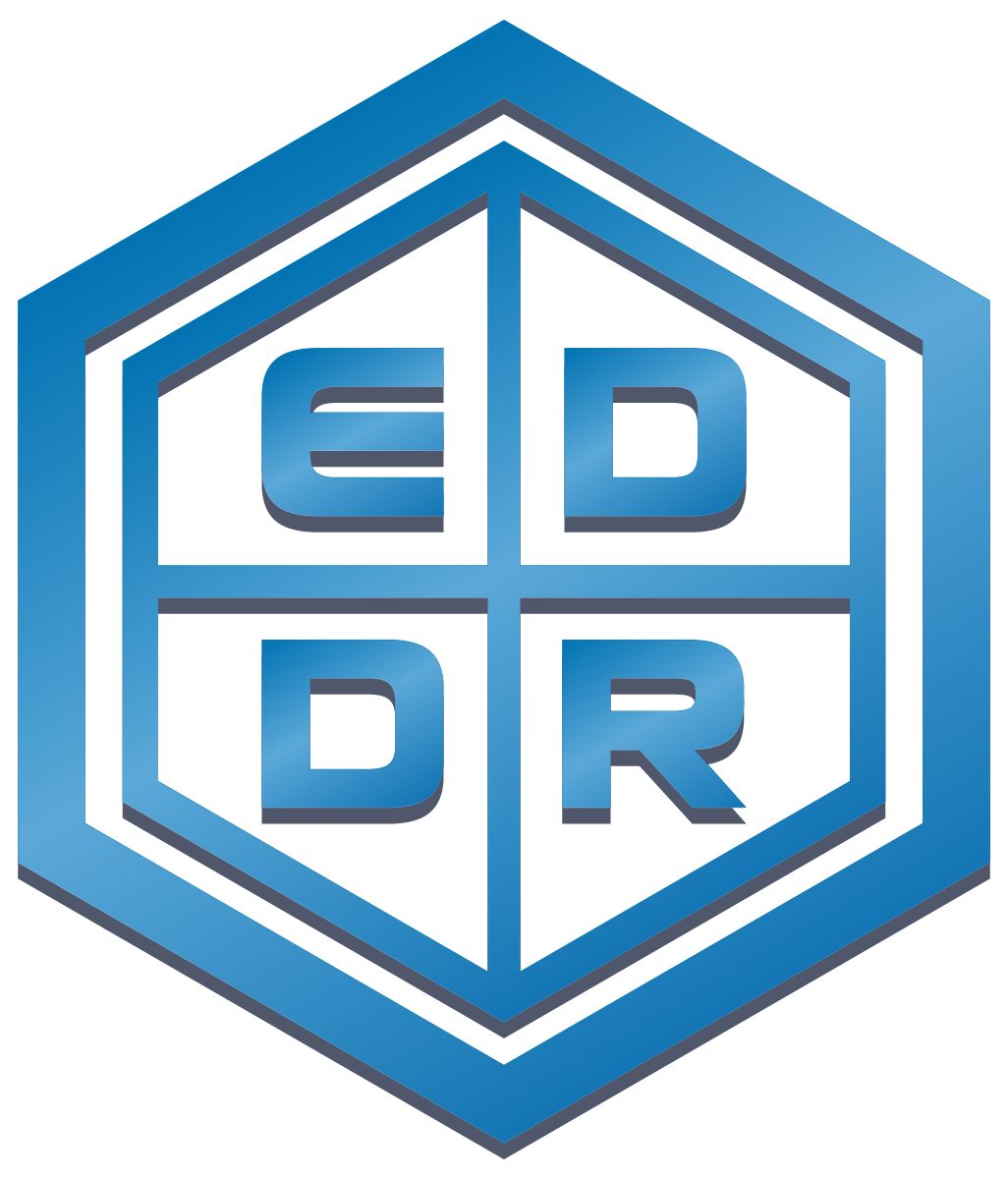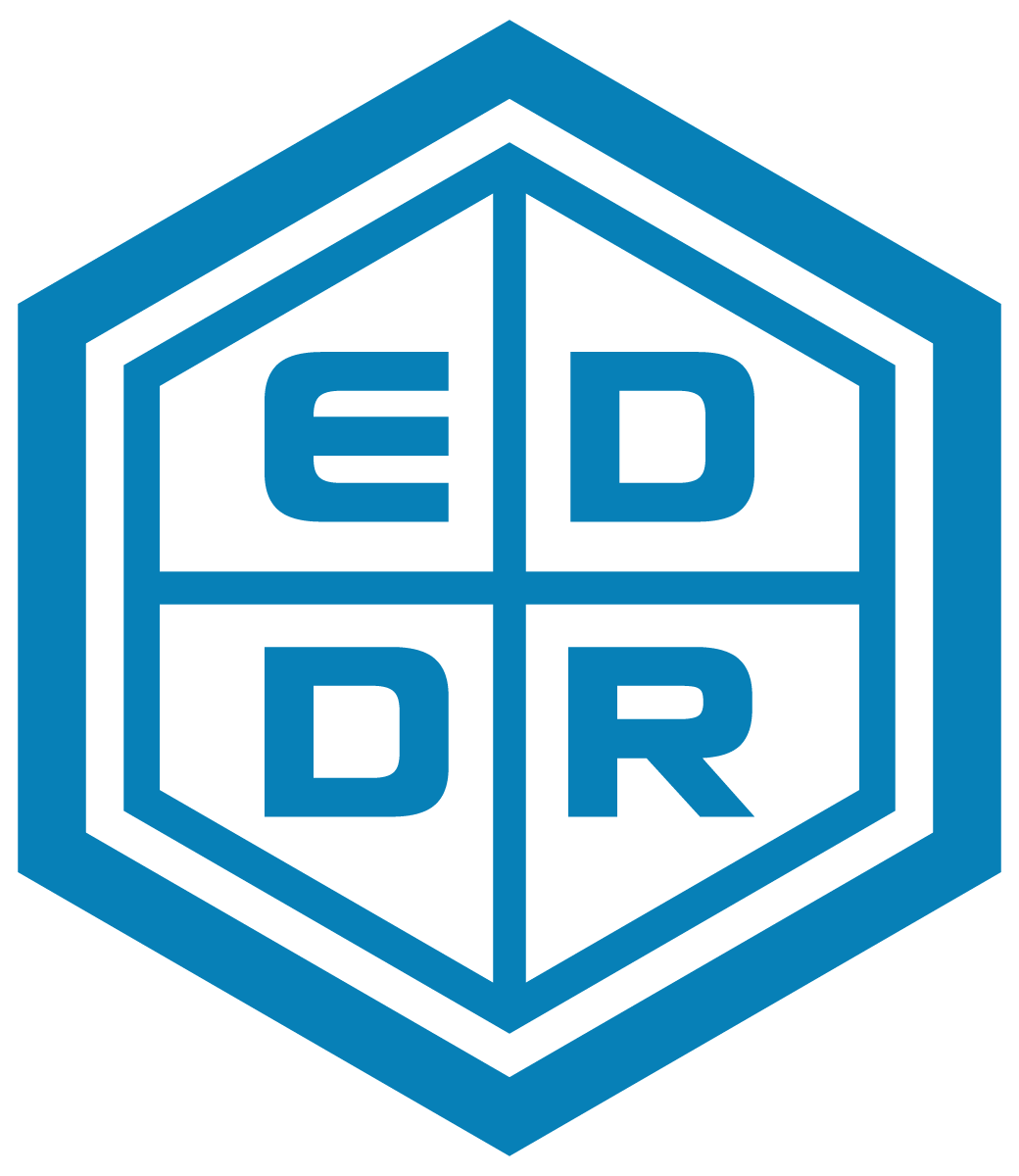Volume 2: Building On Each Others’ Work
Buy Volume 2
Get the ebook from LeanPub (preferred)
The ebook is available in multiple formats, DRM-free, for “pay what you can” with a suggested price of $18
Also available now in Kindle and in print through Amazon.
Suggested Citation
Geller, Wendy, Knowles, Jared, and Cratty, Dorothyjean. 2021. Education Data Done Right II: Building on Each Others’ Work. Victoria. Leanpub. Available online: www.eddatadoneright.com
Chapter Summaries
Six data analysts with expertise in public education agencies across the country have teamed up to write a new volume for the Education Data Done Right (EDDR) series.
Following the success of the first volume in this series, which covered missing elements critical to success in building data capacity in education agencies, this new volume showcases applied data science strategies and lessons learned in agencies across the country. New chapters explain how to document work to ensure continuity of operations, navigate data governance, and ensure transparency and reproducibility of agencies’ important work; how early warning systems can be useful in agencies’ work; and why self-awareness of how identities shape the work is one of the most important skills data analysts must have.
Written by Dorothyjean Cratty, LaCole Foots, Wendy Geller, Jared Knowles, Justin Meyer, and Ellis Ott, this new volume covers education data science strategies and lessons with a perspective only possible from authors who’ve been in the trenches and gotten the work done. The series is intended for education agency data analysts, and data managers, strategists, and leaders seeking to improve how their agency operates. Many education agency data analysts come from a social science research background and the transition to work inside agencies can come with a lot of new challenges. This series is a guide through those challenges.
So, Volume 2. Anything Good in Here? Yes (well, we think so anyways!).
When we started this project, we envisioned it as a three-volume series and this right here is volume two. In this release, we’re introducing some new voices with the hope that more are encouraged to share their work as a result. This text shares some great stuff that folks are doing for very average, public-sector paychecks sweetened with the knowledge that their work is contributing to a pillar of our practice of self-governance, public education.
So yeah, this volume introduces you to some people we think are doing good things for the field of applied data science in education. They haven’t done this work for the money and they certainly haven’t done it for the fame. They’ve done it because harnessing sound, careful science in the name of public service is what makes these folks excited about their jobs.
That’s pretty exceptional, so is their work, and we think more people should know about it because what each one of us does to advance that field, we all benefit from. What each of us contributes can help another of us move forward in their efforts. We believe we’re in this together and we’re better that way, so that’s why we wrote this volume about them and their work.
Just like in volume one, each chapter has been reviewed by at least one expert whom we have asked to check the work - see the reviewer biographies to learn about the kick-ass people whose experience helped make this volume worth your taking the time to read about it.
To that end, this second volume has a few different contributors. They cover some of the most thoughtful stuff we’ve encountered and they showcase how folks, just like you and us, are bringing rigor into their work on a daily basis. From Justin Meyer’s (Wisconsin) piece on how documenting work is a critical component to continuity of operations (and not making people crazy), to LaCole Foots’ (Texas) discussion about the importance of self-reflection and awareness of how our identities shape our approach to our work, this volume brings together voices from across the nation.
Ellis Ott (Alaska) and DJ Cratty share a thoughtful conversation about transparency, reproducibility, and their place in our work, while Wendy and Jared provide a primer on how to navigate data governance work and the work it both necessitates and produces in an institution, offering some concrete steps you can take to get started. Jared outlines not just what an Early Warning System (EWS) is, but why it’s useful and how you can build your own at your organization.
Finally, we close this edition with some reflections on how the Pandemic has deeply underscored the very real, immediate, and ongoing need for careful data collection, management, and use. As Wendy recently wrote in a proposal for how to leverage a portion of stimulus funds to future-proof some of Vermont’s data infrastructure, Howard Yonas, MD says, “making decisions without data is called guessing” and guessing isn’t good enough when it comes to the work we need to do to stabilize our education system. We need good data practices, systems, and products to meet the needs of our students and families amidst the emergency, not to mention onwards into the recovery process.
So, with that, read on and welcome to the work! We’re there with you, right by your side.
Table of Contents
1 Introduction
2 Organizing and Documenting Analysis Projects
2.1 Introduction
2.2 What to Do Before You Do Anything
2.3 Why Organize and Document?
2.4 How to Organize and Document
2.5 What a Finished Product Should Look Like
2.6 Managing Work in Progress
2.7 Writing Good Code
2.8 Different Audiences Need Different Things
2.9 Conclusion
3 The Answers Are Within
3.1 Introduction
3.2 Reflexivity: Know your values (not just the codeset kind)
3.3 Situational Awareness: Why am I being asked to do this, again?
3.4 Putting it (and yourself) together
4 Transparency: Helping Others See What the Data Truly Reveal
4.1 The wide span of work and people involved
4.2 What transparency in education data means to me (Ellis)
4.3 Being transparent about the data
4.4 What are you representing and to whom?
4.5 Where could simple transparency metrics go wrong?
4.6 Explaining complex transparency measures
4.7 Conclusion
5 Data Governance
5.1 Let’s Talk About Data Governance
5.2 The Two Types of Problems in Data Governance
5.3 Three Data Governance Frames
5.4 A Data Governance Guide
5.5 Testing Data Governance with Drills
5.6 Conclusions and Other Resources
6 Early Warning Systems: A Consumer’s Guide
6.1 Introduction
6.2 Why Build an EWS?
6.3 EWS Prerequisites
6.4 Guiding development
6.5 The design process
6.6 Pilot and Rollout
6.7 Rollout
6.8 Documentation
6.9 Monitoring and Reporting
6.10 Future Work and Closing Thoughts
6.11 References and Further Reading
7 Reflections and Conclusions
7.1 Data, Decisions, and the Pandemic
7.2 Editor Reflections
7.3 Author Bios: New Voices
7.4 Author Bios: The Editors
7.5 Author Bios: Reviewers


